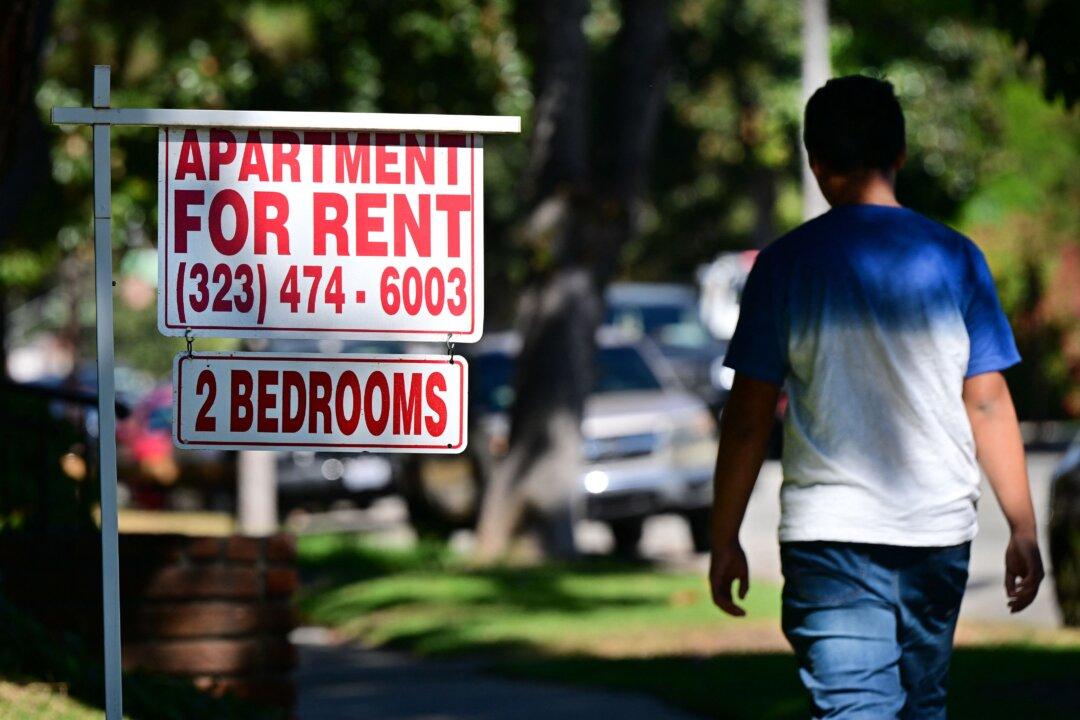The collapse of the U.S. rental market is just around the corner, some real estate experts warn.
Rental prices finally dropped to pre-pandemic levels last month after millions of Americans struggled to keep up with skyrocketing housing costs since the start of the pandemic.





